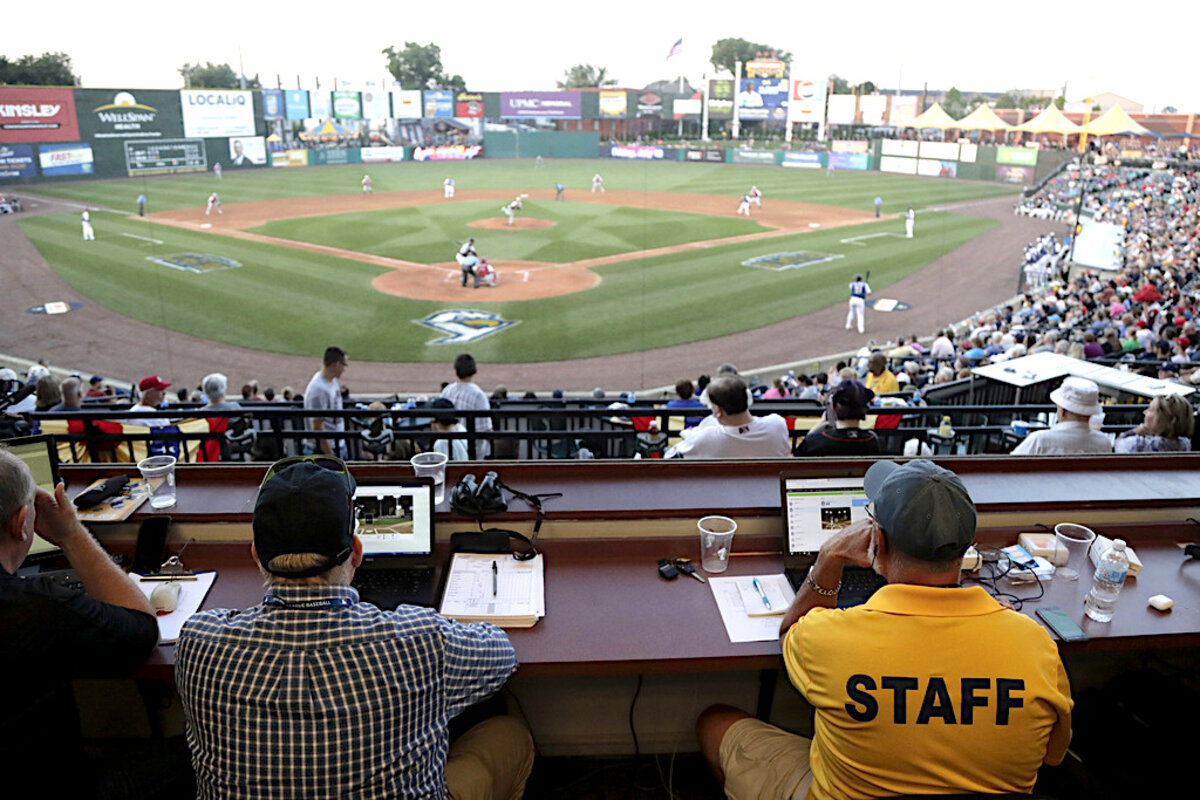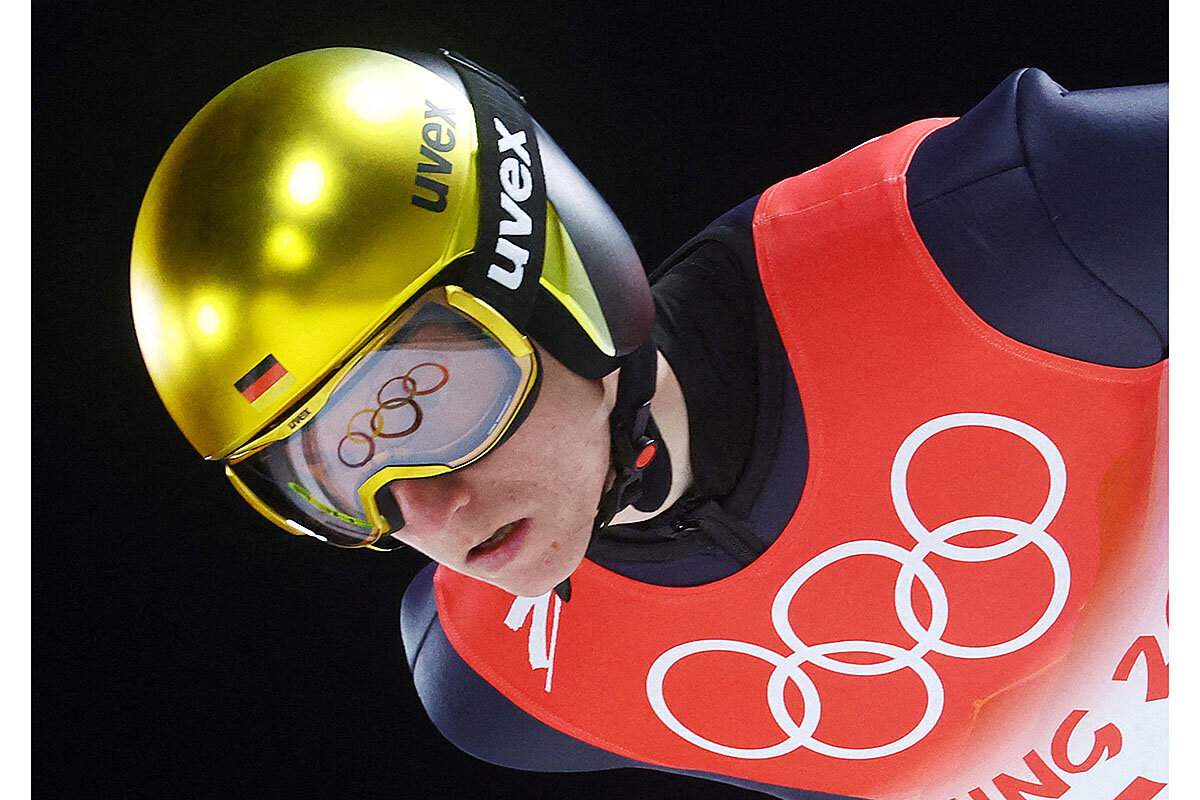Vaccine misinformation on Joe Rogan’s popular podcast has revived demands for streaming platforms to monitor their content. Who’s responsible, ultimately, for assessing truth?
Monitor Daily Podcast
- Follow us:
- Apple Podcasts
- Spotify
- RSS Feed
- Download
 Linda Feldmann
Linda Feldmann
As a young Moscow correspondent, I visited Soviet Ukraine several times. I covered religious conflict in the western city of Lviv, as Ukrainian Catholics sought to reclaim churches from Russian Orthodox parishes. I talked to coal miners in the Donbass region. I traveled in the motorcade of presidential candidate Viacheslav Chornovil, a nationalist who insisted on speaking Ukrainian in the highly Russified eastern part of the republic.
These trips all took place before the formal breakup of the Soviet Union in 1991, but the future seemed clear: Ukraine would become an independent state, electing its own leaders, trying to chart its own path. But geography and history are tough to shake, and neighboring Russia has never let go of the idea that Russians and Ukrainians are “one people.” After all, ancient Kievan Rus – the cradle of Russian civilization – was centered in modern-day Kyiv, the capital of Ukraine.
So I read Monitor correspondent Dominique Soguel’s recent dispatches from Ukraine with great interest. In Kyiv, she plumbed locals’ views of a possible Russian invasion. From the eastern border village of Milove, she wrote about the region’s dual identities.
I also dug out a grad school paper I wrote in 1995 on Ukraine’s future. The professor was former national security adviser Zbigniew Brzezinski, a Polish émigré who cared deeply about the subject. I concluded in the paper that a truly independent Ukraine was likely impossible, given Russia’s regional dominance. Perhaps, I added, Ukraine could bolster its independence through economic growth. Dr. Brzezinski agreed.
In retrospect, we were too optimistic. In 2014, the Russians annexed Crimea and today, still occupy parts of the Donbass. They could invade more of the country at any moment. Whatever happens, the world is watching.











